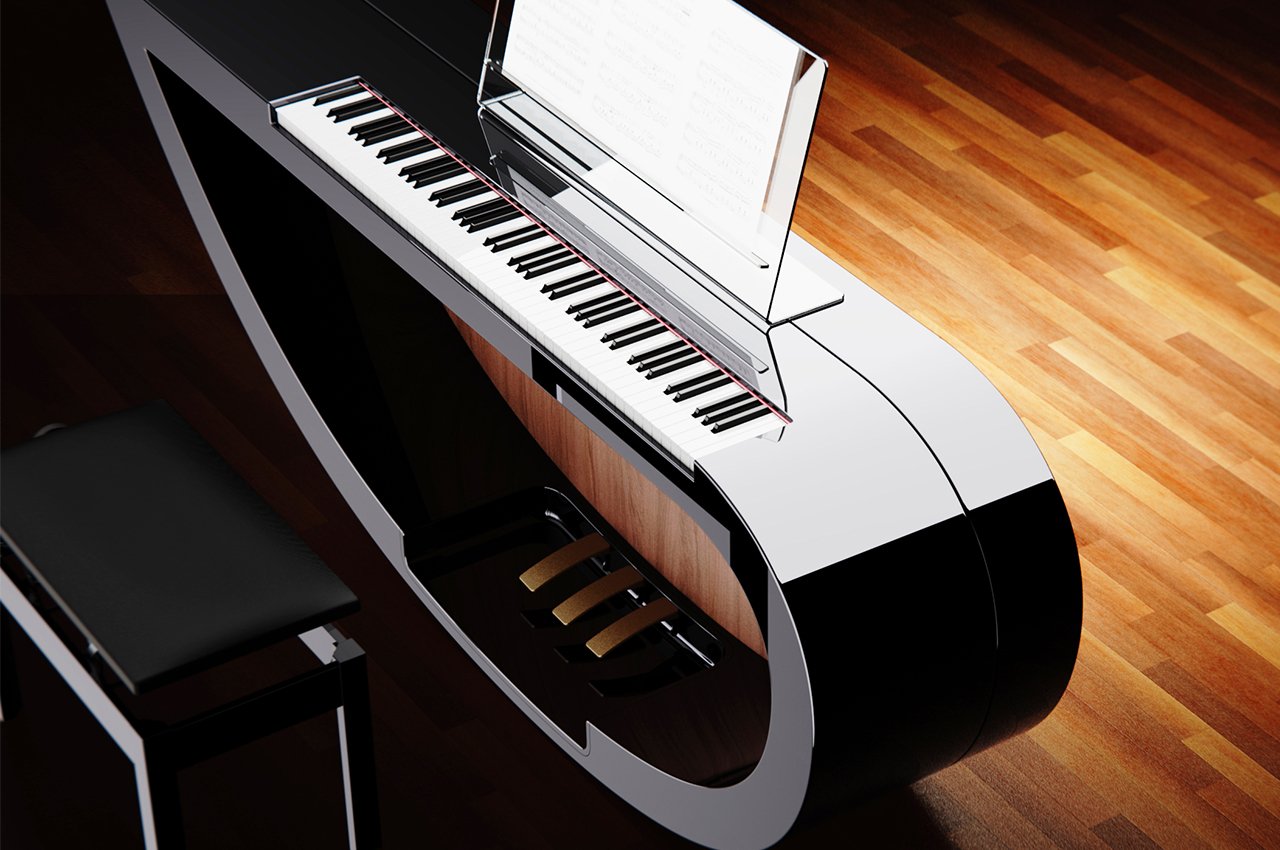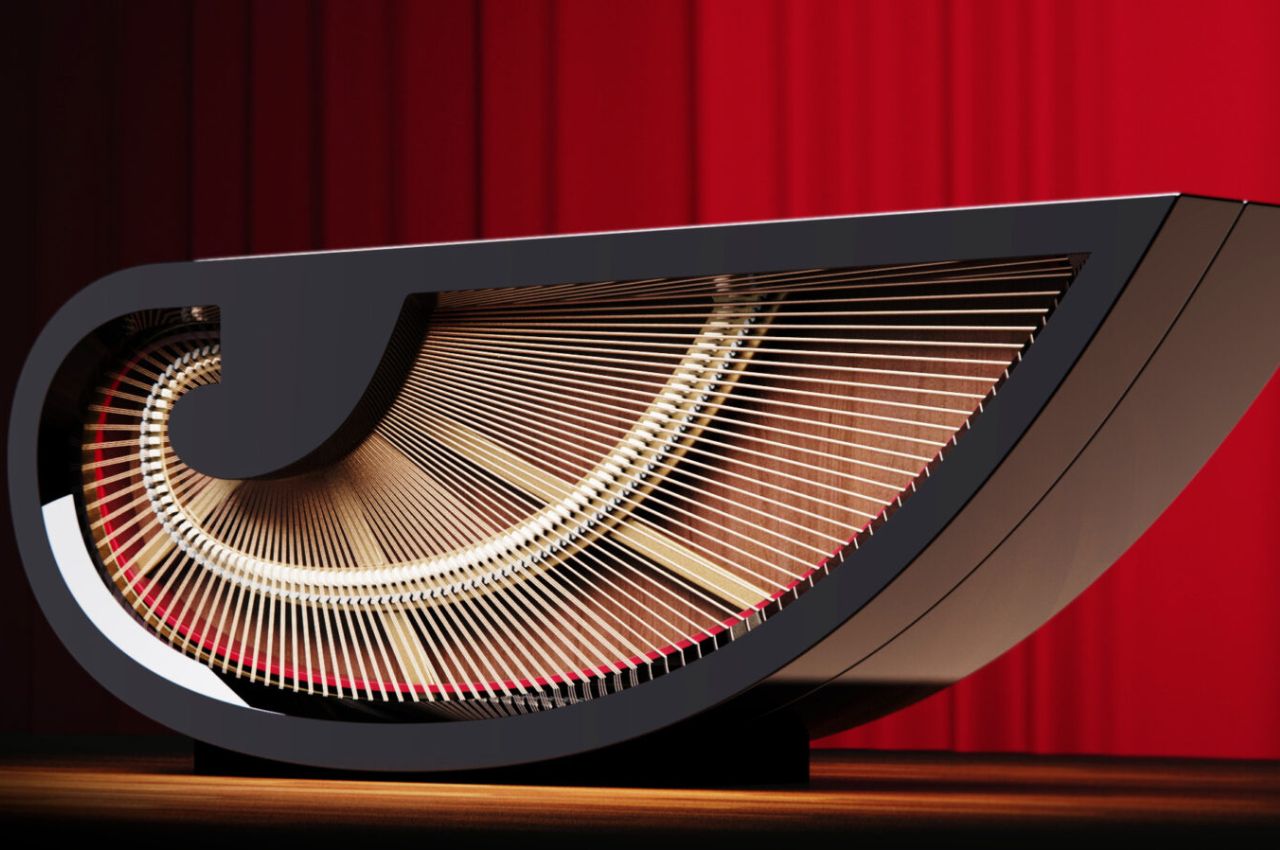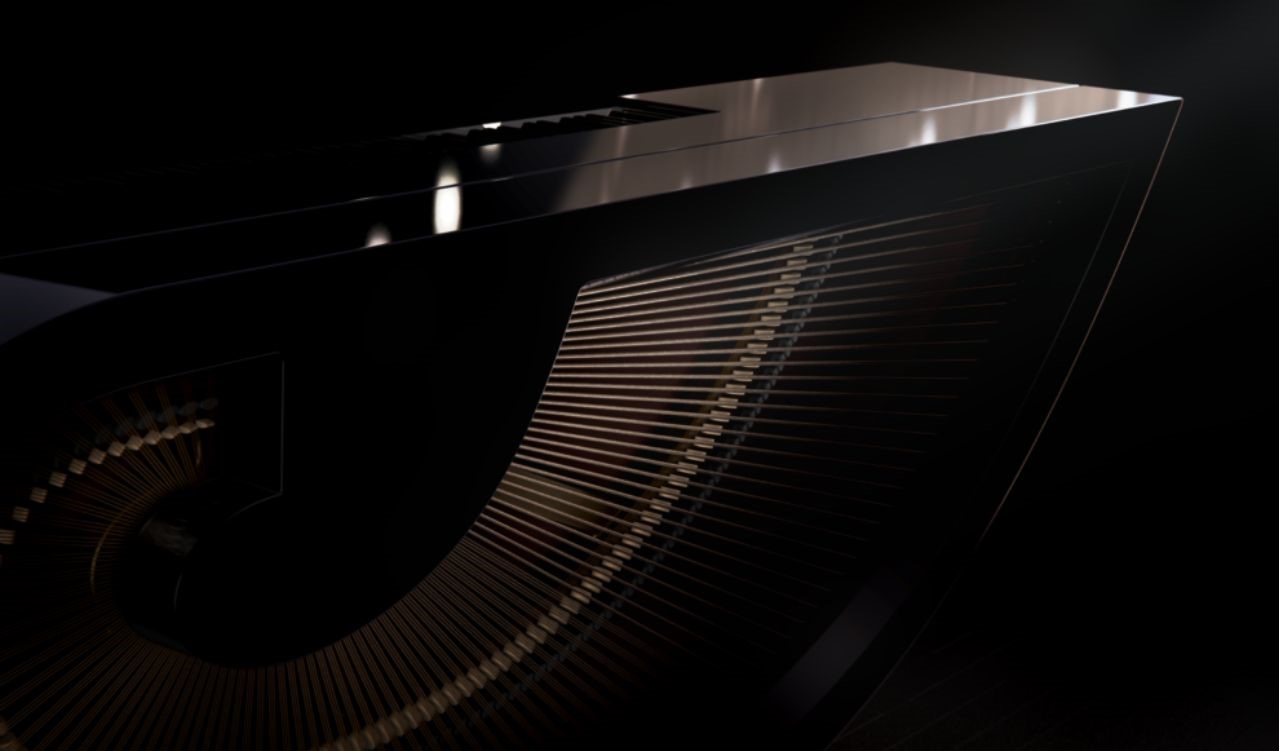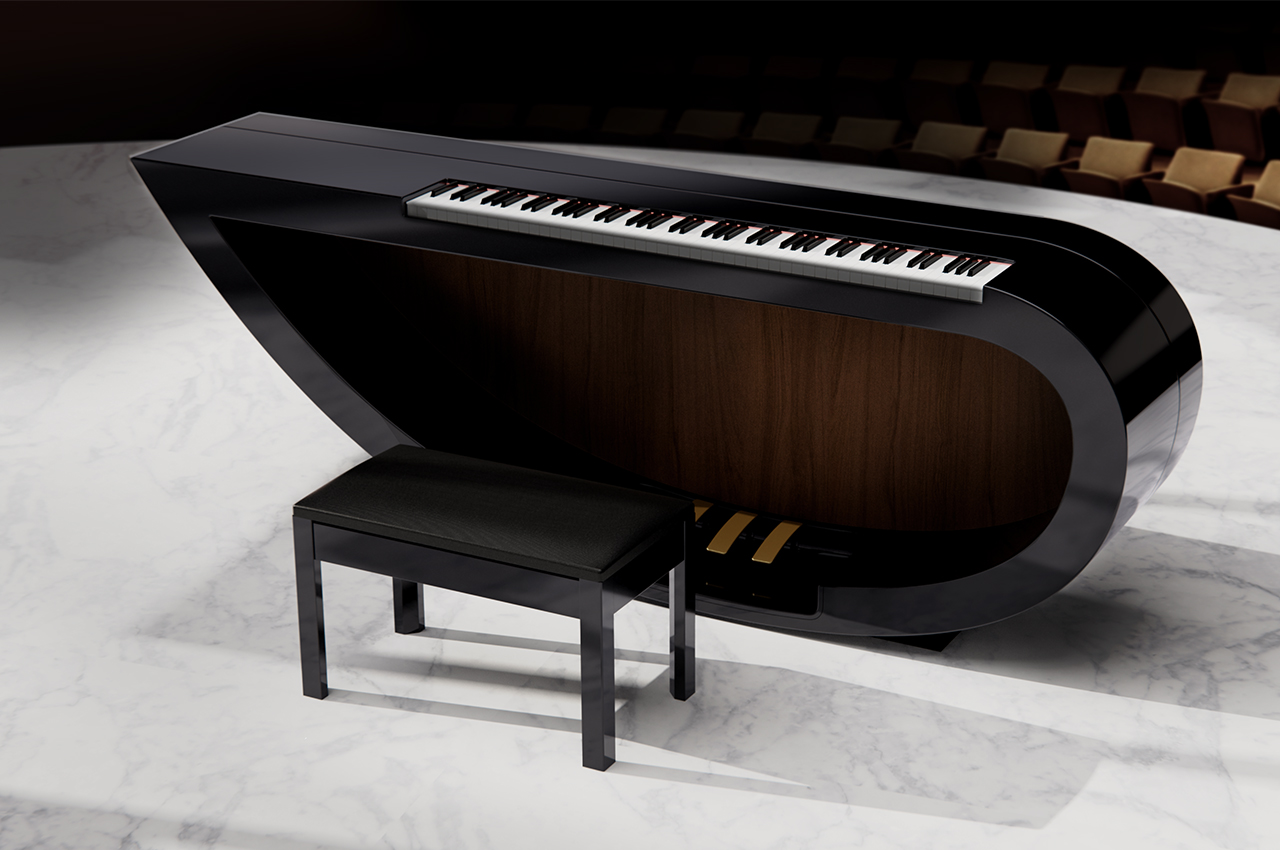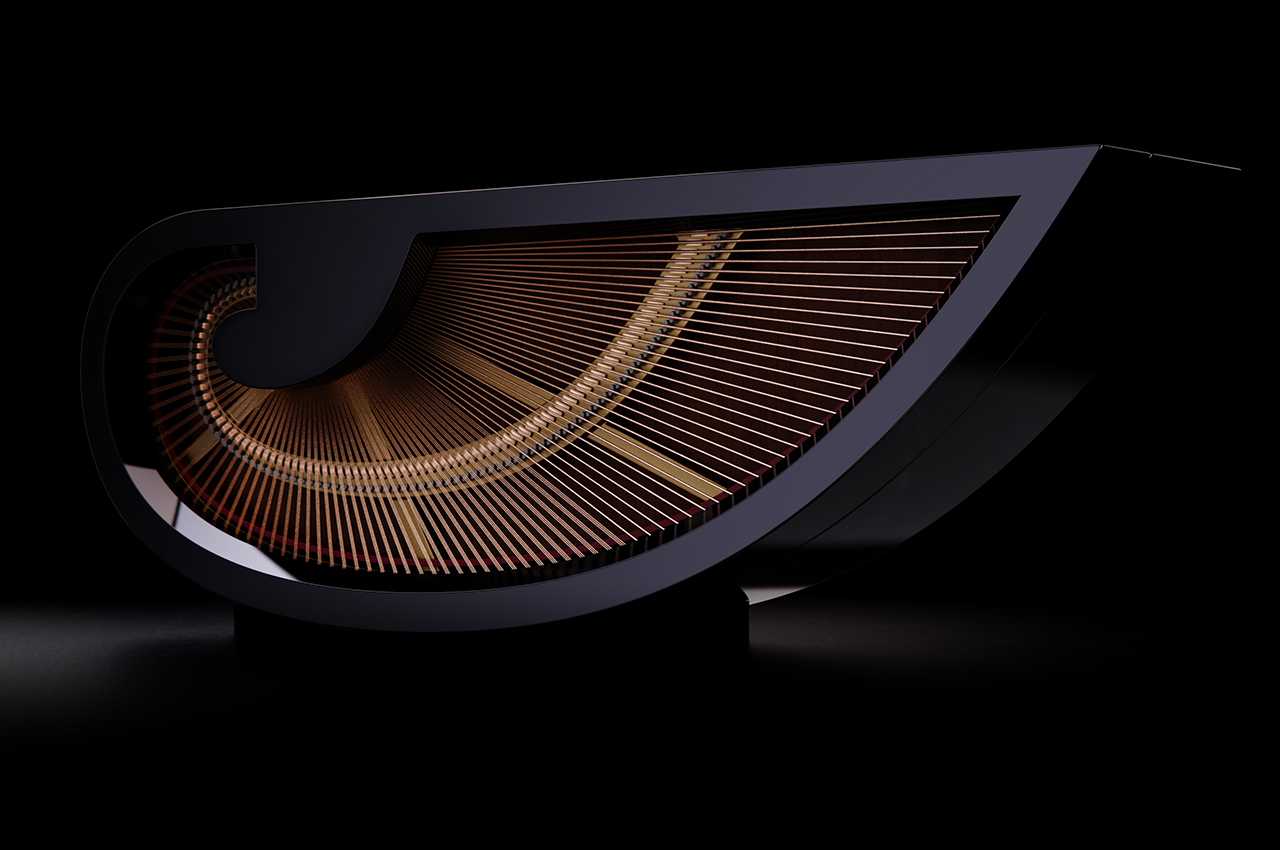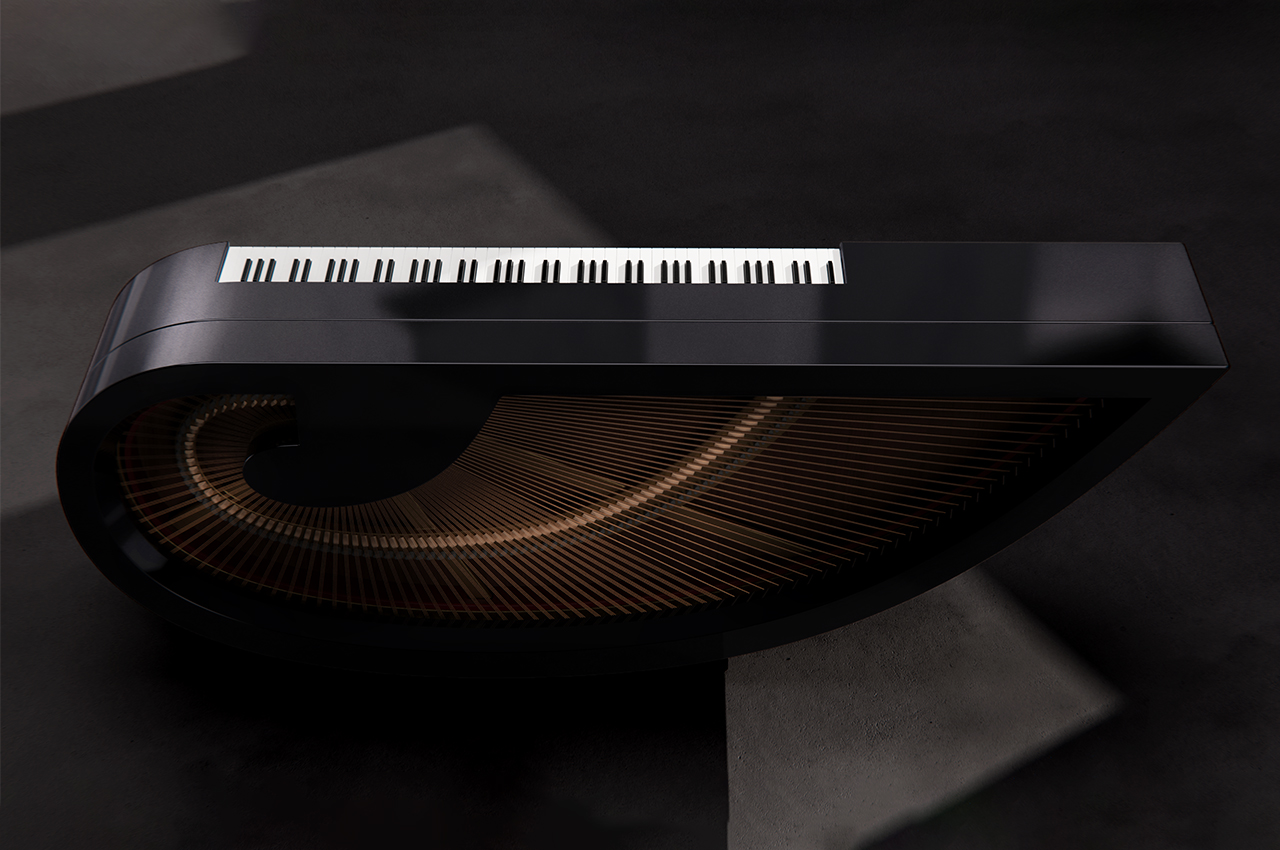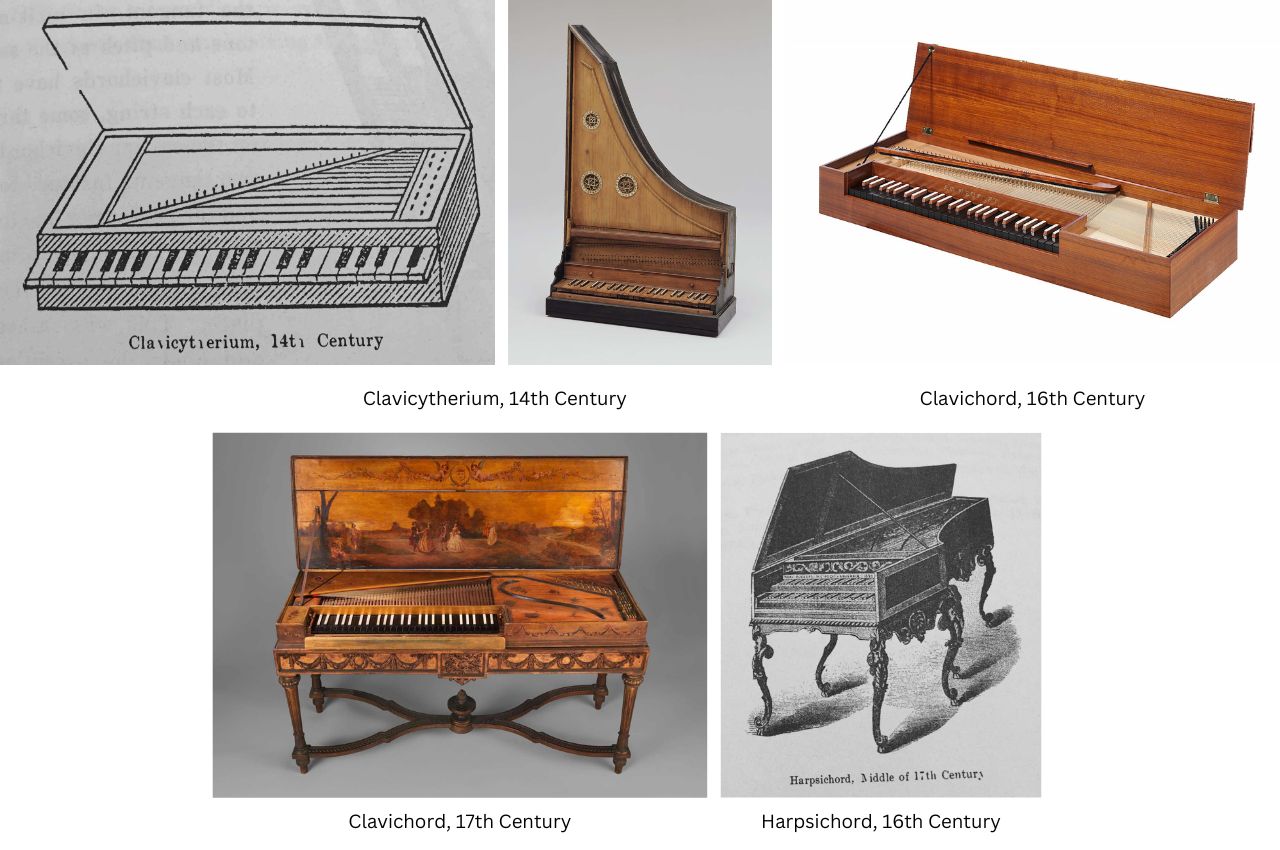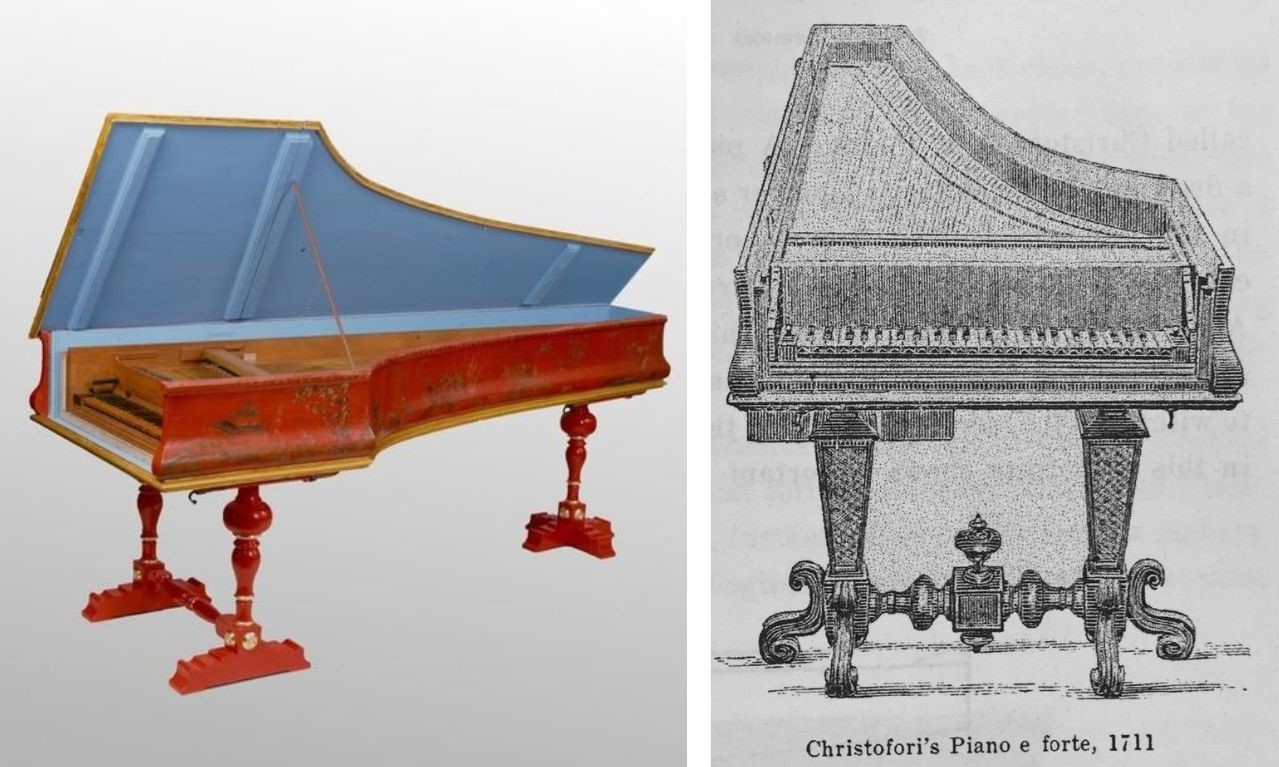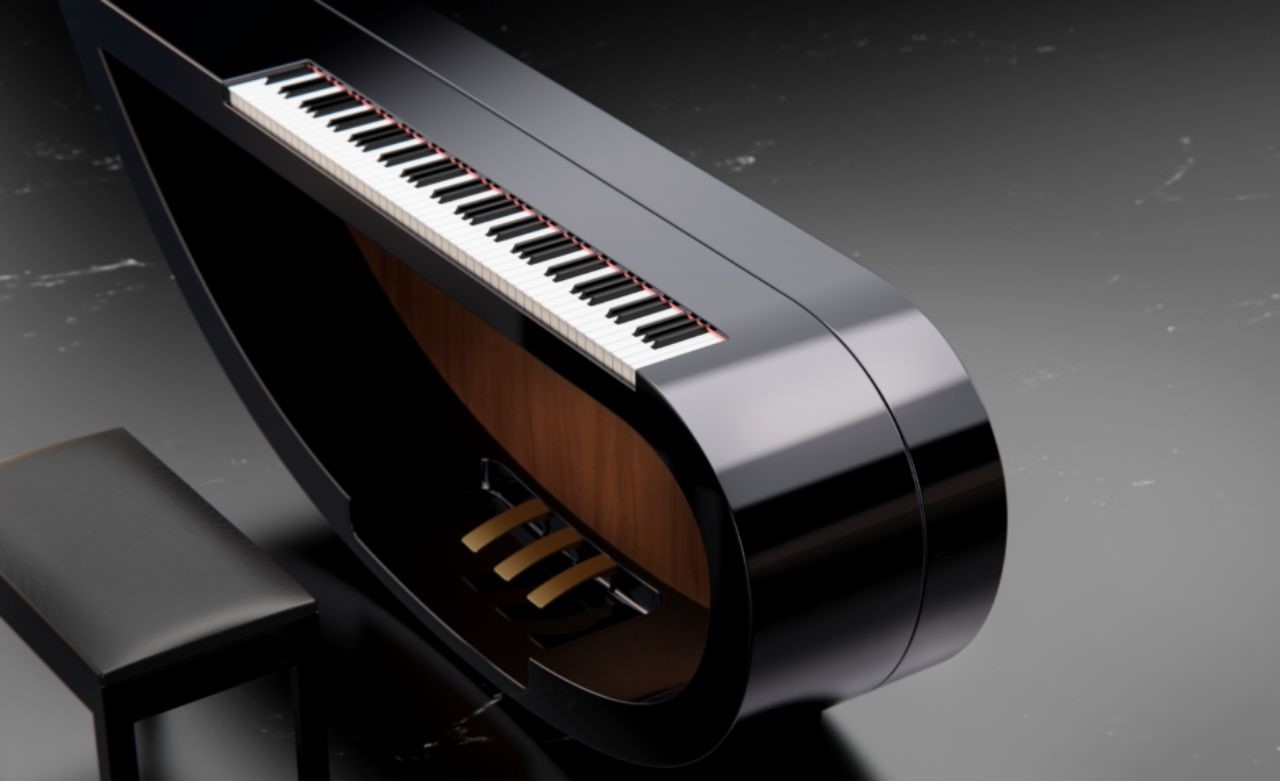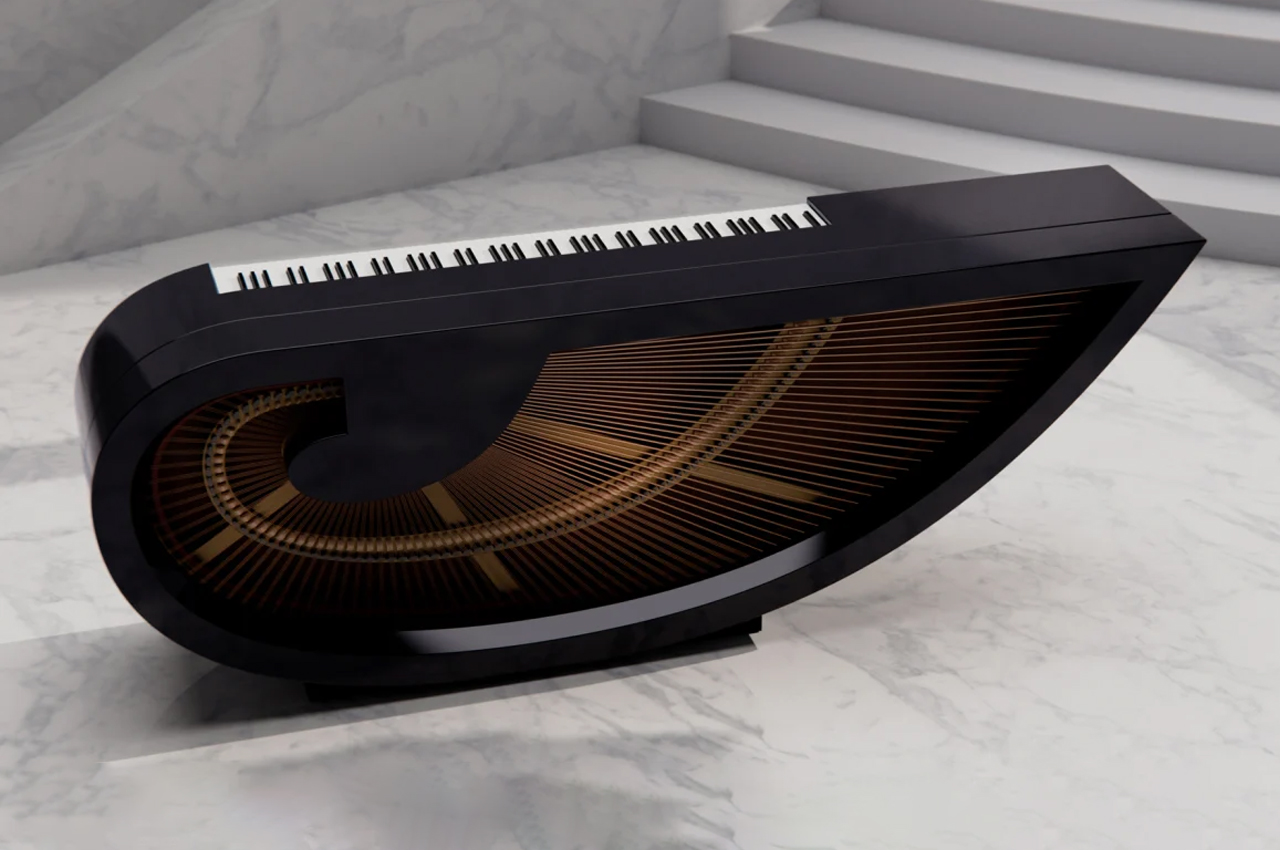Arturia V Collection X is one of the biggest updates to the virtual synth library in quite some time. Six new instruments have been added (though, most have been available separately before) and two have been rebuilt from the ground up. That brings the grand total number of instruments in V Collection to 38, and over the last few years at least six of those have been completely revamped with dramatic improvements.
MiniFreak V, Acid V, Augmented Brass and Augmented Grand Piano were all available previously as standalone instruments, but now they are joining the V Collection proper. Two completely new instruments are also entering the fold. Augmented Woodwinds and CP-70 V. Augmented Woodwinds is, as you might have guessed, a take on Arturia’s Augmented series, except here the synths are paired with woodwind samples. CP-70 V is an emulation of Yamaha’s electric piano from the late ‘70s and early ‘80s used most notably by The Grateful Dead and Genesis.
Augmented Woodwinds, Brass and Grand Piano
I’ll admit to being somewhat skeptical of Augmented Woodwinds at first. I think Augmented Strings and Grand Piano are excellent, but have found little use for Brass and Voices so far, and woodwinds often feel like some of the most difficult acoustic instruments to get right in a sample library. Yet, Arturia pulls it off, largely by leaning into the synth side of things pretty strongly. You’re never going to convince anyone that the sounds coming out of it are from a flesh-and-blood woodwind ensemble, but the soft cinematic pads and leads you can coax out of it are compelling, especially when paired with an MPE controller like the Push or Seaboard Rise 2. (With the exception of a few presets that seem to come undone when faced with MPE input, at least.)
Like the rest of the Augmented series, Woodwinds, Brass and Grand Piano feel built especially with scoring in mind. That’s not to say you can’t find a use for them in a pop song or jazz arrangement, but these are all about atmosphere and texture, and there’s a healthy dose of sounds that would only be appropriate in the tensest moments of a cosmic horror film.
They all have a suite of advanced controls where you can build almost any sound you want from its four layer engine (two samples and two synths). You can even completely disable the sample layers and go woodwind-less, though, you might as well use one of the other plugins at that point.
CP-70 V
The other completely new instrument, CP-70 V, is a lot more straightforward. It’s an electric piano. A very specific one that hasn’t enjoyed the same level of reverence as the Rhodes or Wurlitzer, but isn’t without its merits. The CP-70 used strings like a real piano, instead of the metal reeds and tines found in Rhodes in Wurlitzers. It also used piezo pickups instead of magnetic ones, resulting in a sound that is significantly closer to an actual acoustic piano. That was definitely a huge selling point for touring acts in the ‘70s and ‘80s that wanted the sound of a grand piano, but didn’t want to lug one on the road.
The result though, is less characterful than those other electric pianos. It’s brighter and there’s less room for shaping the sound without adding effects. Arturia seems to do an admirable job of capturing the spirit of the CP-70, but it comes close enough to sounding like a real piano, I’d be far more likely to reach for the regular ol' Piano V plugin in most cases.
MiniFreak V
Acid V and MiniFreak V both launched earlier this year. And frankly, nothing has changed with Acid V in the roughly four months since I wrote about it, so I won’t say much beyond, it’s an excellent TB-303 emulator. It does what you expect it to and not much else, but with about one-tenth of the headaches of the real thing.
MiniFreak V, on the other hand, got a major update yesterday with a new wavetable engine, new super unison effect and some improvements to the LFO. The 32 wavetables are pretty solid and modern sounding. And perhaps, best of all, they seem to be able to handle bass better than some of the other oscillators — an area the Freak line has always felt a little weak in. There are 64 new presets designed to show off the strength of the wavetable engine and there’s some real winners in there. Yes, there are plenty of weirdo sound effects and dubstep bass wubs, but there are also some lovely chilly pads and delicate keys.
Additionally, Arturia is finally adding preset packs for the MiniFreak and MiniFreak V to its store. There are two paid soundpacks, but also three free ones and, well, I can’t recommend that you download Deserted Lands from Oscillator Sink enough. It’s basically just one gorgeous broken patch after another. This was sort of a running theme, though. With MiniFreak 2.0, Augmented Woodwinds and the rebuilt Mini V4, Arturia really improved the quality of its presets. Whether they were designed in house or by an artist they worked with, most felt designed to show off what the plugins were capable of musically, as opposed to technically. That wasn’t necessarily the case with the MiniFreak, the MicroFreak or even Pigments.
Mini V4
This was the single biggest shock of the lot, honestly. Mini V was also a decent enough Minimoog Model D emulation, but the world is filled with those. It was never the reason to seek out V Collection specifically, but it was good enough that you didn’t need to go find an alternative. Mini V4, however, is incredible. The difference is subtle, but definitely noticeable if you load up the default template in both Mini V3 and V4 and play them side by side. For one, the V4 is a touch louder, but it’s also fuller. Part of that, I think, is there’s more inherent instability in the new oscillator model. As you start playing at the lower reaches of the keyboard you can hear it more clearly.
You can also play lower notes. Where V3 simply doesn’t work below A-1, V4 will let you get all the way down to C-2, though, there’s very little musical reason for you to go down that far.
The differences become more apparent when you start messing with the filter. More bass is retained as you start turning up the resonance in the new version, and it remains usable even with it pinned. The frequency cutoff is also smoother with a bit more of a guttural growl as you start isolating those lower frequencies.
While the Minimoog obviously excels at bass, and Arturia makes sure to showcase that, there are also a lot of presets that push the sound in different directions. The benefit of a plugin over the actual vintage synth is that you can have eight notes of polyphony here. That gives this virtual Model D the freedom to play unstable pads and electric-piano style keys.
The addition of a “vintage” knob is also quite welcome here. While I love things being ever-so-slightly out of tune and for there to be a gentle whisper of white noise in the background, others might want a more buttoned up sound.
It’s also worth pointing out that Arturia didn’t go too overboard with the features here. There’s no modulation matrix or sequencer or motion recording. There’s a handful of useful effects, an arpeggiator and MPE controls, and not much else beyond what you’d find on the original.
Wurli V3
Similar to the Mini V, Arturia took its Wurlitzer plugin and decided to start over agin. The results are excellent, if a touch less dramatic than with the Moog emulation. The general tone is brighter and it sings a bit more in the lower registers. There also seems to be a wider stereo field than before as well. The cumulative effect is something a bit more inviting.
The new mic and amp simulations help it feel more alive and like you're actually in a room with a Wurli instead of just playing one through your computer. And the age parameter adds instability to the sound, allowing you to get that "just found this keyboard in my uncle's basement where it's been sitting untouched for 30 years" sound. Not to mention it absolutely nails the sound of Supertramp's "The Logical Song."
The Wurli isn’t a plugin I reach for terribly often, but I appreciated the improved tone that should help it cut through a mix a bit better. It’s also far more versatile than the CP-70 V, though even with the improvements I’m far more likely to reach for a Rhodes.
Arturia V Collection X is available now and existing Arturia customers will get a discount, depending on what software they already own. If you're new, the full price of $599 might be a bit tough to swallow, but it still represents one of the better deals in soft syths.
This article originally appeared on Engadget at https://www.engadget.com/arturia-v-collection-x-is-its-biggest-upgrade-in-years-160015345.html?src=rss